Alternator Charging Circuit Manual
Table of Contents
- General
- Engine
- Fuel System
- Electrical
- Steering
- Power Train
- Brakes
- Hydraulics System
- Mounted Equipment
Manual Extract: Alternator Charging Circuit
The alternator charging circuit is a crucial component in an engine’s electrical system. It includes the battery, alternator with its integrated voltage regulator, key switch, alternator warning light, and all associated wiring. A schematic representation is available in Figure 1.
Component Overview
- Alternator: Comprises a front frame assembly, rear frame assembly, rotor, stator, voltage regulator, and rectifier assembly containing diodes.
- Battery: Stores electrical energy and provides it to the alternator circuit.
- Key Switch: Initiates the flow of current upon activation.
- Alternator Warning Light: Indicates the charging status of the system.
Operating Principle
Upon turning the key switch on, current from the battery energizes the alternator warning light and is directed through the brushes to the rotor windings, thus illuminating the Case 380 alternator warning light and providing necessary current to the rotor (field) windings.
Starting the engine causes the rotor to spin, inducing current in the stator windings. This induced current aids in further energizing the rotor windings, resulting in enhanced current generation. Once the voltage from the stator surpasses the battery voltage, current starts flowing back to the battery. This action extinguishes the alternator warning light, indicating active battery charging.
The rectifier’s diode pack converts the alternating current (A.C.) produced in the stator into direct current (D.C.), ensuring that the battery and rotor windings receive a steady supply.
Benefits
- Efficient Charging: Automatically adjusts to the engine’s needs.
- Reliability: Provides consistent electrical output for vehicle systems.
- Maintenance Notification: The warning light alerts the user to charging issues.
Usage Recommendations
- Regularly check the alternator warning light for indications of charging issues.
- Ensure connections and wiring are secure to prevent electrical faults.
- Refer to the detailed schematic for troubleshooting and maintenance.
Only logged in customers who have purchased this product may leave a review.

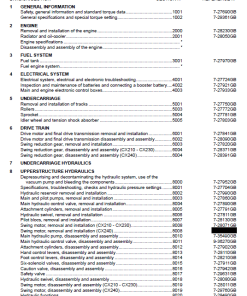 Case CX210, CX230 and CX240 Excavator Service Manual
Case CX210, CX230 and CX240 Excavator Service Manual 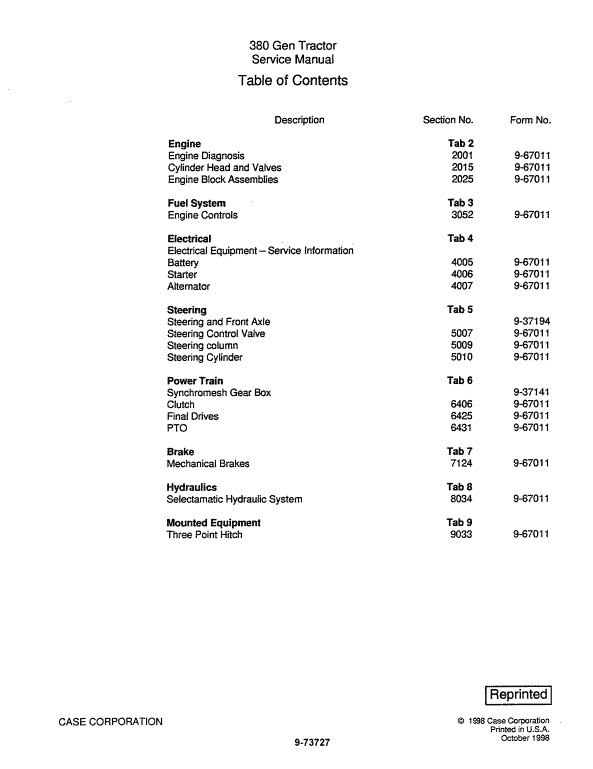
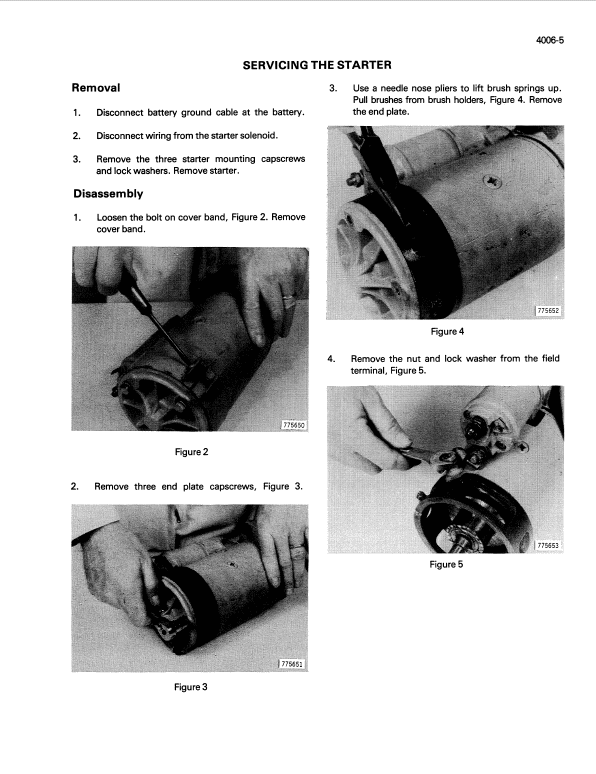
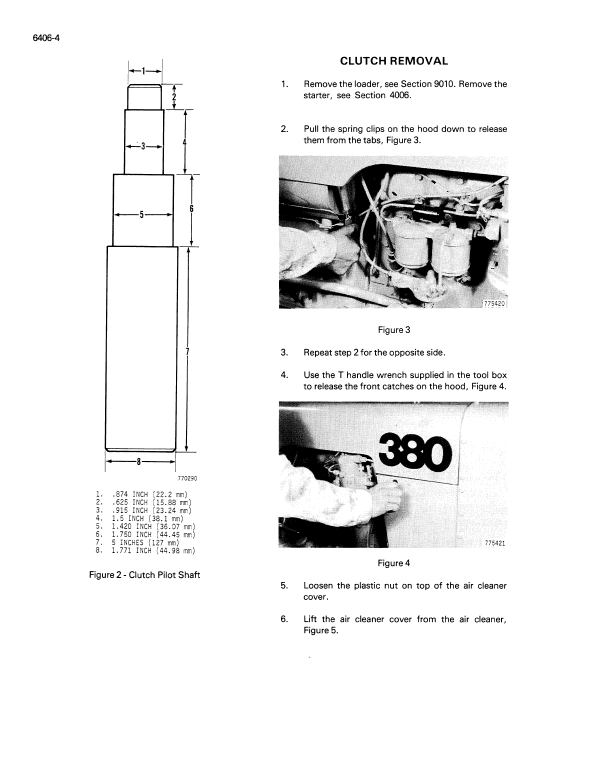
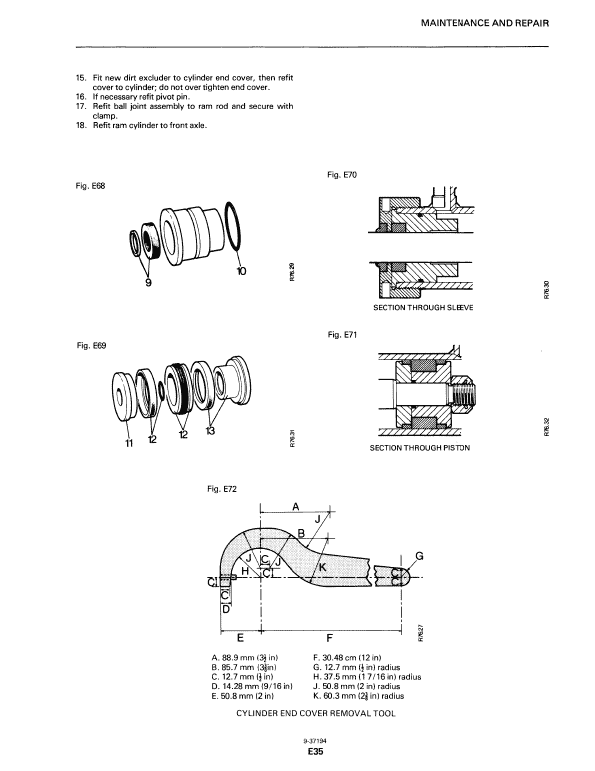
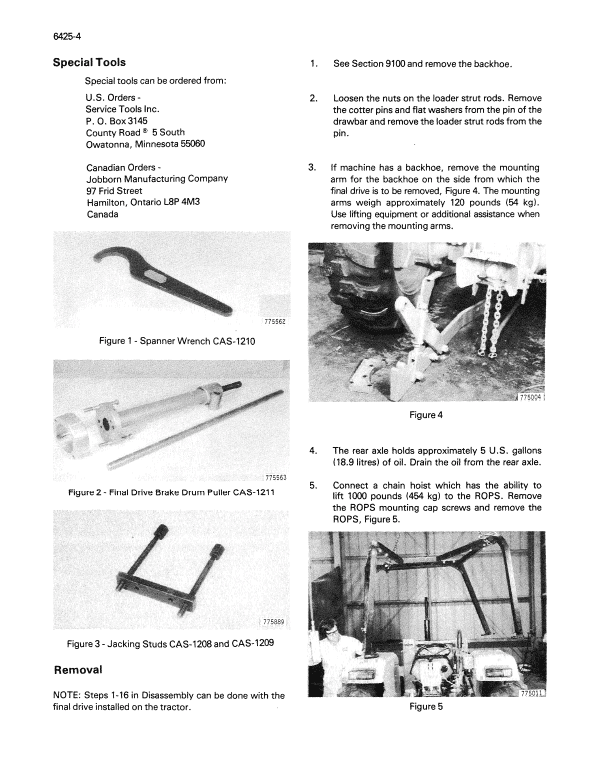
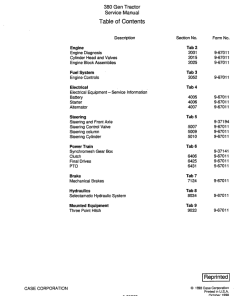

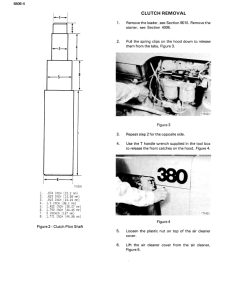
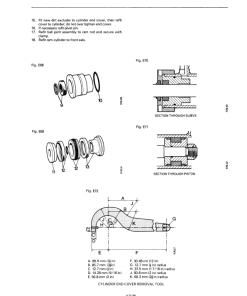

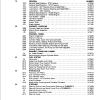
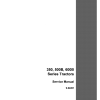
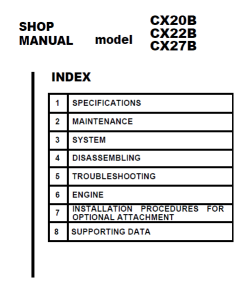
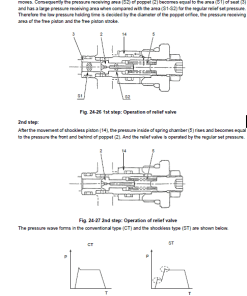
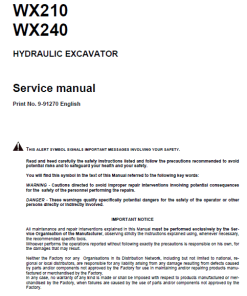

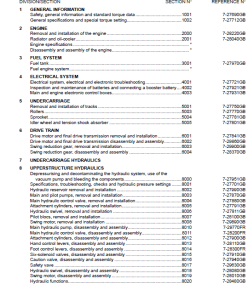
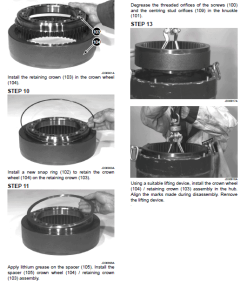
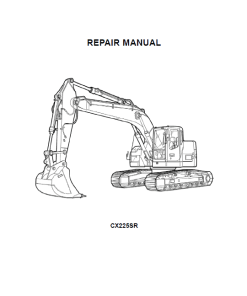
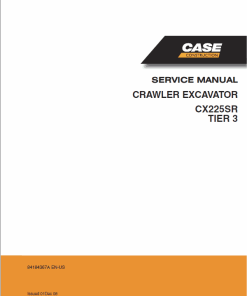
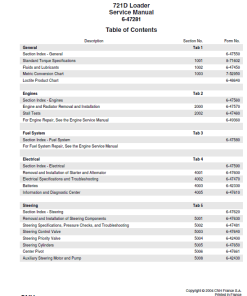
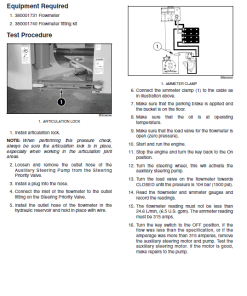


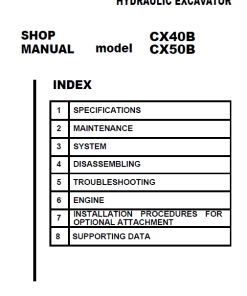
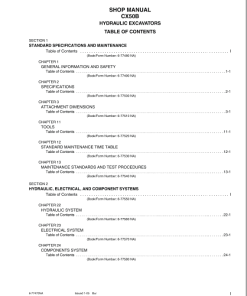
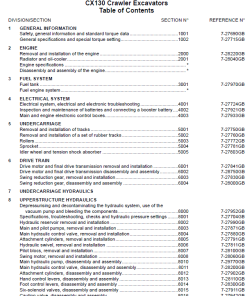
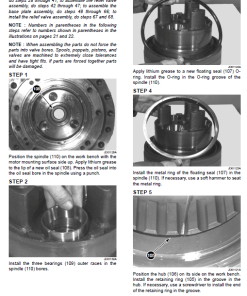
Reviews
There are no reviews yet.